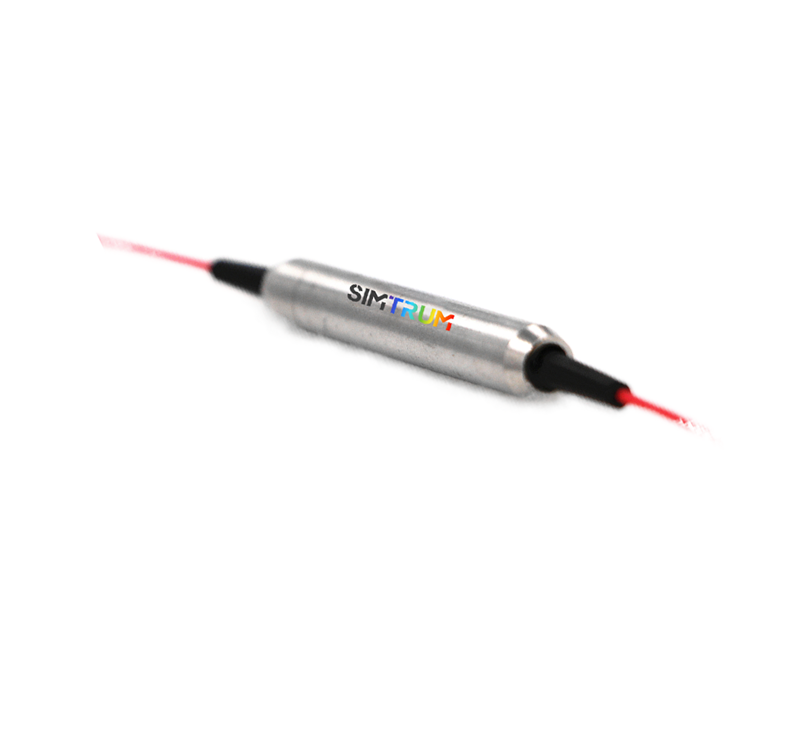|
|
 |
STPMCIR-Customize
Customized 1310-2050nm Polarization Maintaining Fiber Circulator according to order information,Contact us for your choose
|
|
4-6 Weeks |
Request for quote |
|
|
|
 |
STPMCIR-Customize
Customized 1310-2050nm Polarization Maintaining Fiber Circulator according to order information,Contact us for your choose
|
|
4-6 Weeks |
Request for quote |
|